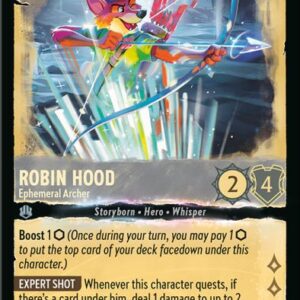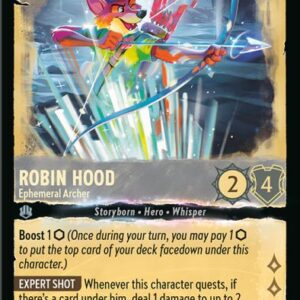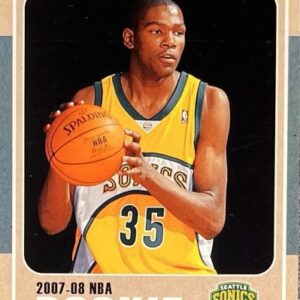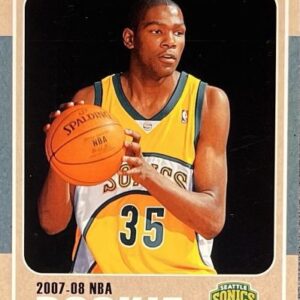In the world of Pokémon, the distinction between shadowless and shadowed Base Set cards isn’t just about aesthetics; it’s a journey into the realm of nostalgia and collector passion. While many of us fondly recall the thrill of pulling a shiny Charizard from a pack in the late ’90s, card collectors delve deeper, past the foil, into the nuanced world of subtle design differences that mark the evolution of these iconic cards.
Back in 1999, three variants of the Base Set cards emerged into the Pokémon landscape, each with its own story and significance. There’s the First Edition, easily recognized by its black stamp of exclusivity. Then, there’s the shadowless version, akin to the First Edition in appearance except for the absence of that defining stamp. Finally, the most common and widely distributed, the Unlimited print, which introduces a small yet significant design change: the shadow around the art window. This addition from design wizards added a sense of depth and intrigue but also positioned this version as the most populous among the Base Set triumvirate.
But why is shadowlessness such a talk of the town among collectors? The saga begins with a flat, almost demure frame gracing the shadowless variant—an artistic choice that imparts a raw, unadulterated charm to the card. Unlike its later counterpart, there’s no gray drop shadow to speak of on the right side of the picture box, giving it a flattering simplicity. Combine this with a featherweight font rendering in red HP and numbers—tight in spacing, delicate in presentation—and you have a card that whispers elegance through its minimalist design.
The shadowed Unlimited version, in contrast, came with that little gray shadow curling around the art window like an afterthought, giving it a lifted, 3D aura. The typeface blossomed into a thicker, more assertive statement, with “HP” practically yelling at the numbers to stand a scooch further apart. It’s like the cards went through a bold phase, trading subtlety for greater visibility and, some might say, maturity.
To give these cards their due recognition, let’s explore the timeline. The First Edition cards were the heralds, all bearing the shadowless look, stamped gallantly to present their pioneering spirit. The shadowless yet unstamped cards followed as a middle child, begging for attention from those who missed out on Big Brother First Edition. Then came the Unlimited shadows, rolling out in waves to the masses, turning on-store pegs and being the face of childhood decks everywhere.
Collectability is almost synonymous with scarcity, which is why shadowless cards tend to flex their rarity a notch above the prevalent Unlimited versions, excluding the exclusive First Editions from this comparison. The demand for shadowless cards, especially when numbers like Charizard and Blastoise are involved, can make their market value soar. Grading companies, with their keen eyes, place immense value on that single word—“Shadowless”—etched into the label, transforming a mere card into a collector’s pièce de résistance.
Spotting a shadowless card without sprouting a new gray hair is simpler once the tells are familiar. Hold them side by side in your mental display. The shadowless version lacks the gray shadow around the art, keeps its red HP and numbers lean, and opts for a softer yellow in the border—a whisper of hue difference that only the trained eyes of collectors can appreciate.
Venture past understated beauty, and into minutiae: the evolution box and attack text lean towards fineness in shadowless, while Unlimited basks in boldness. Even the copyright line, tweaking its layout and spacing ever so slightly in Unlimited, distinguishes itself with minor nuances in the shadowless ink—itself a compact testament to the card’s heritage from Nintendo and friends.
The sheen and print texture of holographic foils on shadowless cards differ subtly too, appearing distinctly on the radar when one has both variants side by side, ready to display their unique levels of gloss and detail.
Let’s talk practical examples that most inquiries commingle with, starting with Charizard—a name that rings like a siren call for every card enthusiast. The First Edition iteration, shadowless by birth, sports that regal stamp. The shadowless sans label, with its naked edges, retains an air of rarity above the ever-circulating Unlimited shadowed form most childhood collections hoard.
The Machamp tale from the 2-Player Starter Set adds an intriguing twist. Here, we witness the dichotomy: the starter set showcasing shadowless while later Unlimited prints throw on the shadowed cloak. It’s an exercise in visual identification that could sharpen any eye to the subtleties in Pokémon’s printing variations.
Swipe through binders full of trainer cards and energy forms, and you might find yourself spotting the shadowless quirks across the full Base Set spectrum—the lack of shadows dancing around picture-boxes, the type—thin, precise, the cards—each a relic of an era where every little design quirk held a story of cellular and creative growth.
Grunting out a simple yet effective checklist can forever streamline your assisted or solo card sorting endeavors. Glance quickly for the absence or presence of the gray bar by the art window, examine the HP’s red textual weight and spacing, and soak in the overall ink composition. The shadow/index franchises layer still ripe within Base Set only.
If the conversation sways to prices, let subtlety be your guide. First Edition perceptions breathe most costly, shadowless proudly uphold second tier prominence, and in top grades, the familiar faces from Unlimited yield substantial interest—Charizard, Blastoise, Venusaur among them—rewarding perceptive collectors beyond their nostalgia.
There you have it, shadowless identification can be a mesmerizing yet enlightening exercise. From the tell-tale signs to the appreciation of each aspect’s unique charm, these insights could breathe new life into an old collection or simply illuminate the captivating intricacies of one of the most beloved trading card series of all time.






